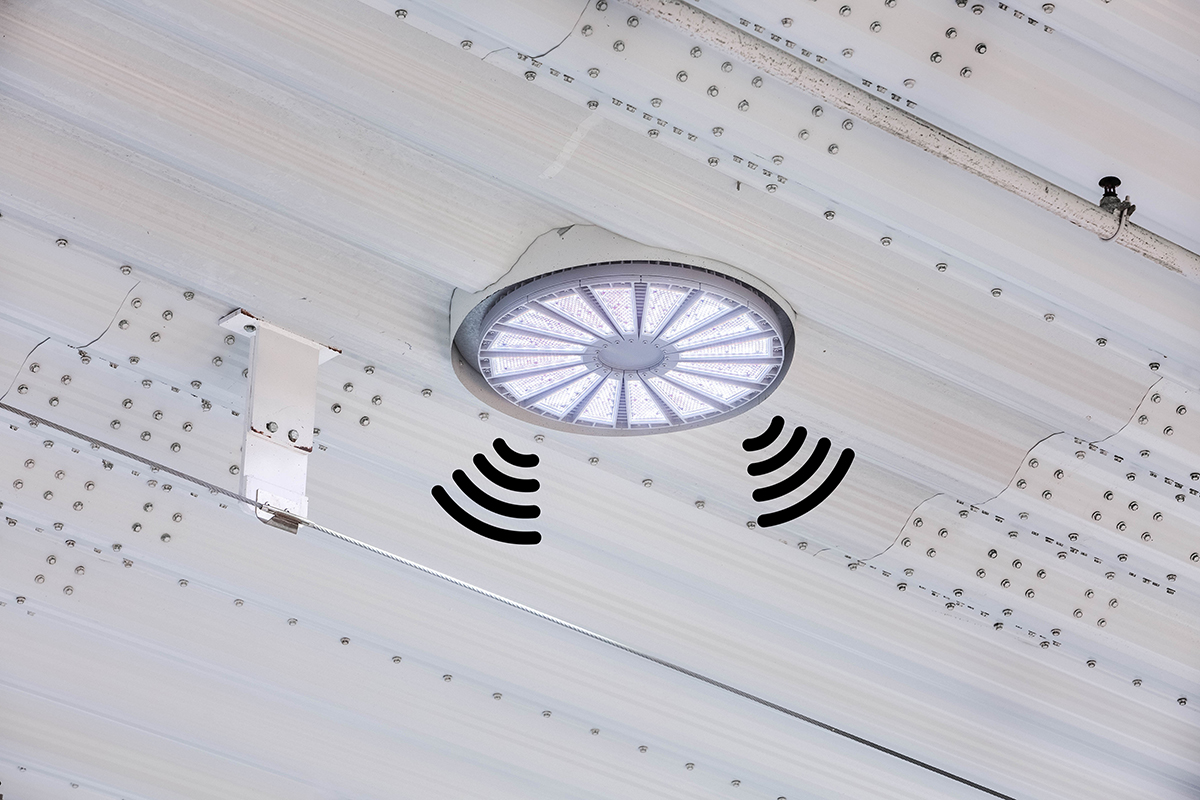January 24, 2019
By: Luis Ramirez, Chief Operating Officer of Dialight
Industrial LED lighting has already proven to be a more energy efficient, low-maintenance lighting solution that out-performs and outlasts conventional lighting, especially in harsh industrial environments. By lowering energy use as much as 90 percent compared to legacy systems[1], LED systems help companies save thousands of dollars each year in electricity costs alone. And, with some of the most advanced models warranted to last a full 10 years, the reduced maintenance demand adds thousands more to the return on investment.

In addition to these bottom-line savings, smart industrial LEDs also have tremendous potential to offer broader benefits that impact production efficiency, sustainability and other metrics that can optimize overall facility performance both today and in the future. Here are just a few ways these fixtures of the future will enhance industrial performance.
While illumination will always be the primary function of any industrial lighting platform, LED technology offers the added benefit of contributing to overall greater facility efficiency and sustainability. Unlike legacy systems, that require ongoing maintenance and cost more to operate, industrial LED lighting systems can actually contribute to business growth with a fast payback, followed by savings that go straight to the bottom line.
As we look ahead toward the future of lighting, smart LED technology will lead the industry as the most efficient, effective and environmentally-friendly option. With the capability for IIoT integration and other technological enhancements, LEDs provide a future-ready lighting solution that can support innovation and sustainability initiatives today and down the road.
 About the Author
About the Author
Luis Ramirez is Dialight’s Chief Operations Officer and is responsible for global operations, including: direct and contract manufacturing; supply chain, planning and logistics; quality, warranty and technical services; and sustainability initiatives. He is a charismatic, “hands-on” and people-centric executive with over 23 years of global experience leading change in technology organizations with senior leadership roles in engineering, manufacturing, global operations and general management. Prior to Dialight, Luis served as Chief Operating Officer of MC Assembly, an electronics manufacturing services company. He also previously worked for Cooper’s Bussmann division, Laird Technologies, Thomas & Betts, and Eaton’s Cutler Hammer division. Luis holds an MBA from Washington University’s Olin School of Business; a Masters in Engineering Management from the Polytechnic University of Puerto Rico; and a Bachelor of Science in Industrial Engineering from the University of Puerto Rico.
[1] GE “ROI of LED”
[2] U.S. Dept. of Energy, Lighting Market Characterization, Tables 4-1, 4-22
[3] U.S. Dept. of Energy, “Energy Savings Forecast”, p. 18
[4] U.S. Environmental Protection Agency, “Regulatory Impact Analysis for the Final Mercury and Air Toxics Standards”; U.S. Dept. of Energy, “Lighting Market Characterization”; https://www.epa.gov/greenvehicles/greenhouse-gas-emissions-typical-passenger-vehicle-0; ECG analysis
[5] U.S. Dept. of Labor, Occupational Safety and Health Administration 29 CFR 1910.1000, Table Z-2; ECG analysis
In this episode, I sit down with Chris LaCorata, founder of Graasi, to explore his entrepreneurial journey and the story behind creating a brand centered on health, sustainability, and innovation. Chris shares the inspiration that led him to launch Graasi, how he’s navigating today’s competitive beverage market, and the values driving his vision for the future. Whether you’re interested in wellness trends, startup challenges, or the creative spark behind building a purpose-driven company, this conversation offers fresh insights straight from the founder himself.